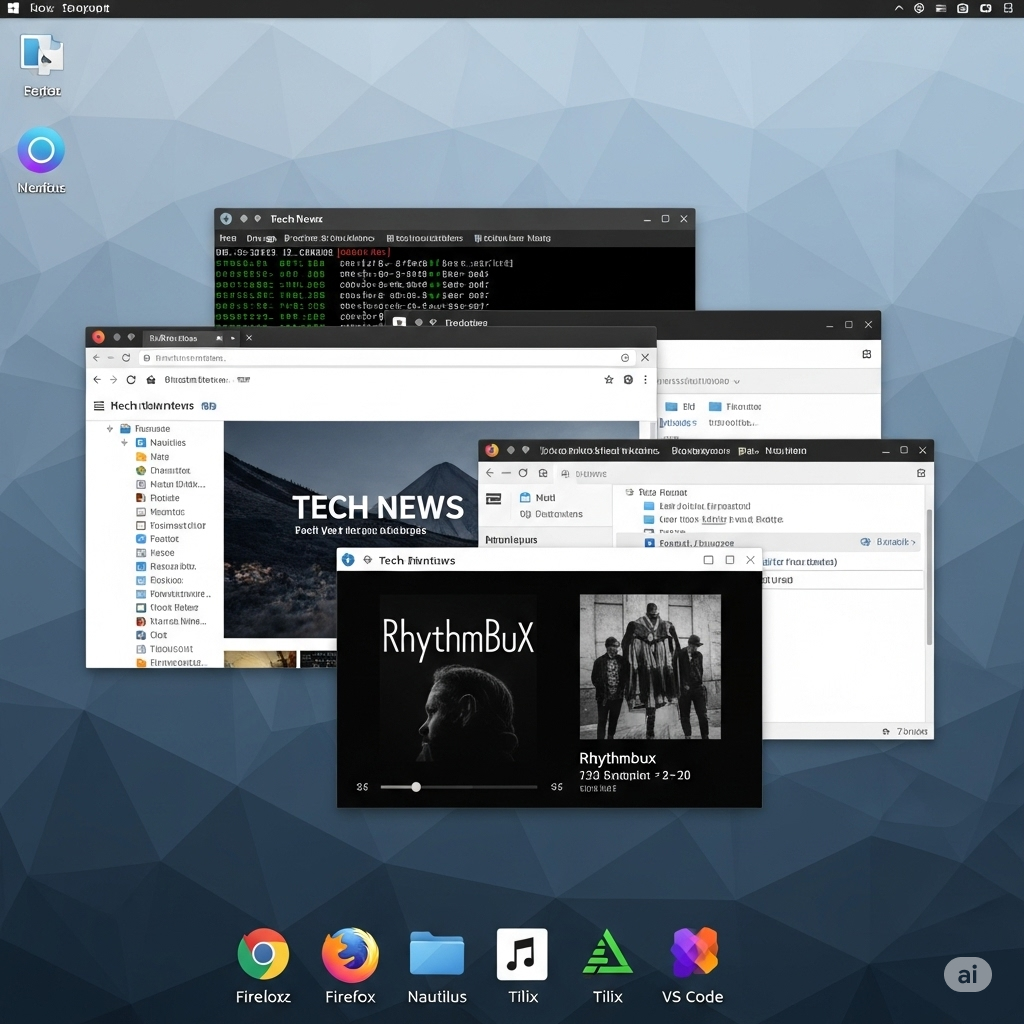For years, the age-old question has persisted: Can Linux replace Windows? While it has yet to achieve widespread mainstream adoption, an interesting trend is emerging. In the US, Linux recently reached a significant milestone, achieving a 5% adoption rate.
Let’s examine the case for and against a revolution powered by Linux.
The case for Linux
Freedom and Open Source
The appeal of Linux lies in its freedom from proprietary ecosystems. You have full access to the source code, allowing you to customize it extensively and actively participate in its development. This provides greater control, flexibility, and the opportunity to contribute to its ongoing evolution.
Security
Linux systems are widely regarded as more secure than Windows. Although no system is completely impervious, Linux’s architecture and open-source nature enable swift detection and resolution of vulnerabilities.
Stability and reliability
Linux is renowned for its robustness. It is less susceptible to crashes and freezes, requiring fewer restarts compared to Windows. This reliability is especially important for servers and workstations where uptime is critical.
Cost
Most Linux distributions are free to download and use, eliminating the hefty price tags and licensing fees associated with Windows and other commercial operating systems. This makes Linux an appealing choice for budget-conscious users.
Performance
On lower-end hardware, Linux often outperforms Windows, delivering a faster and more responsive experience. This is especially true for older machines that struggle with the resource demands of Windows.
The challanges of Linux
Software compatibility
This is undoubtedly the biggest challenge. Although Linux has a steadily expanding software library, it still falls short of the extensive application ecosystem available on Windows. Many professional programs and games are either unavailable for Linux or offer limited support. While Wine emulation can help run some Windows applications, the situation is improving thanks to Steam, which is building a dedicated gaming platform around Linux with SteamOS.
User Friendliness
While distributions like Linux Mint and Ubuntu aim to be user-friendly, their learning curve can still be steeper than Windows for beginners. Some distros, such as Arch Linux, are designed for experienced users and are not ideal for newcomers.
Conclusion
There is a strong case for using Linux as a desktop operating system across a variety of users. However, its practical application depends largely on the specific needs of each individual. Given its low cost and ease of installation, especially on hardware that is not compatible with Windows 11, Linux is definitely worth considering.


Leave a Reply